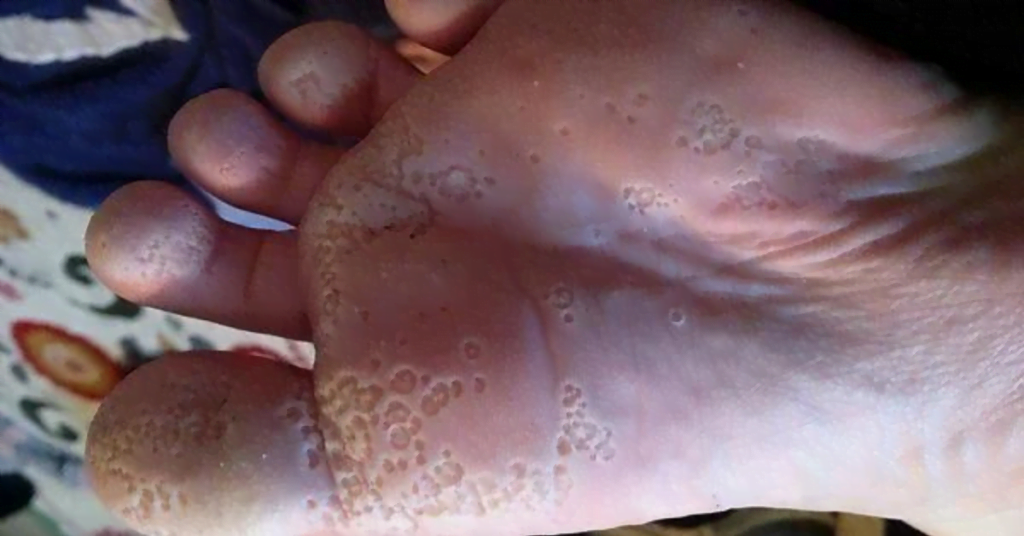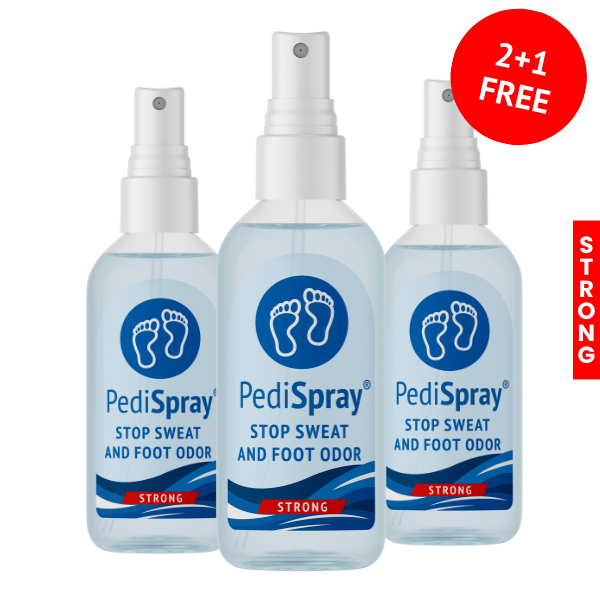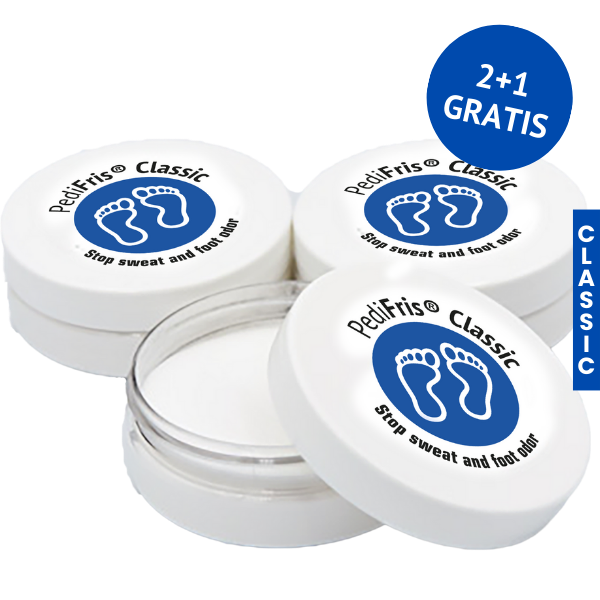How do pitted soles occur
The condition is caused by the bacterium “corynebacterium.
This bacterium multiplies rapidly in warm, moist environments, such as socks or shoes due to excessive sweating, and produces a substance that attacks the horny layer of the skin. This causes the skin to inflame and create pitting, also called pitted keratolysis.
Symptoms of pitted soles
Although pitting is the most prominent symptom, there are other features that fit this condition.
The most common characteristics are:
- Pits in the skin or callus layer
- White sole of foot
- Foul odor (due to sweaty feet)
- Itchy soles of feet
- Irritation or pain
- Loose skin on the sole of the foot
Are pitted soles contagious?
No, the condition is not contagious like foot fungus. The ailment results from a combination of conditions (heat and moisture). The causative bacteria normally live on everyone’s skin. So everyone is susceptible to this.
Treating pitted soles
Treatment of pitted soles (pitted keratolysis) often starts with addressing the underlying cause, which in many cases involves sweaty feet.

Combats the cause of pitted soles
To prevent excessive perspiration, you can use an aluminum solution such as PediSpray®. This remedy helps reduce sweat production on the treated skin.
- Before bedtime wash and dry feet thoroughly
- Apply PediSpray® and let it soak in well
- Next morning wash feet again
- Repeat for 2 to 5 days at a time
- As the skin becomes drier, a treatment of a few times a week (no longer daily) is sufficient
It may be that some time after treatment the sweaty feet problem reappears. A short follow-up treatment will then be necessary.
Always maintain good hygiene rules.
Reinforce treatment
To add extra power to your treatment, PediFris Classic® shoe powder is your secret weapon. This powder fights bacteria and fungi that live in your shoes and on your feet. By addressing both the symptoms and the cause, you take a solid step toward lasting recovery. Regular use of PediFris Classic® makes your feet ready for any challenge!
Prevent recontamination
What is certain is that hygiene always comes first. And yes, that includes your shoes. Therefore, give these regular treatments with PediFris Classic. This way you shut the door on possible re-contamination or cross-contamination.

